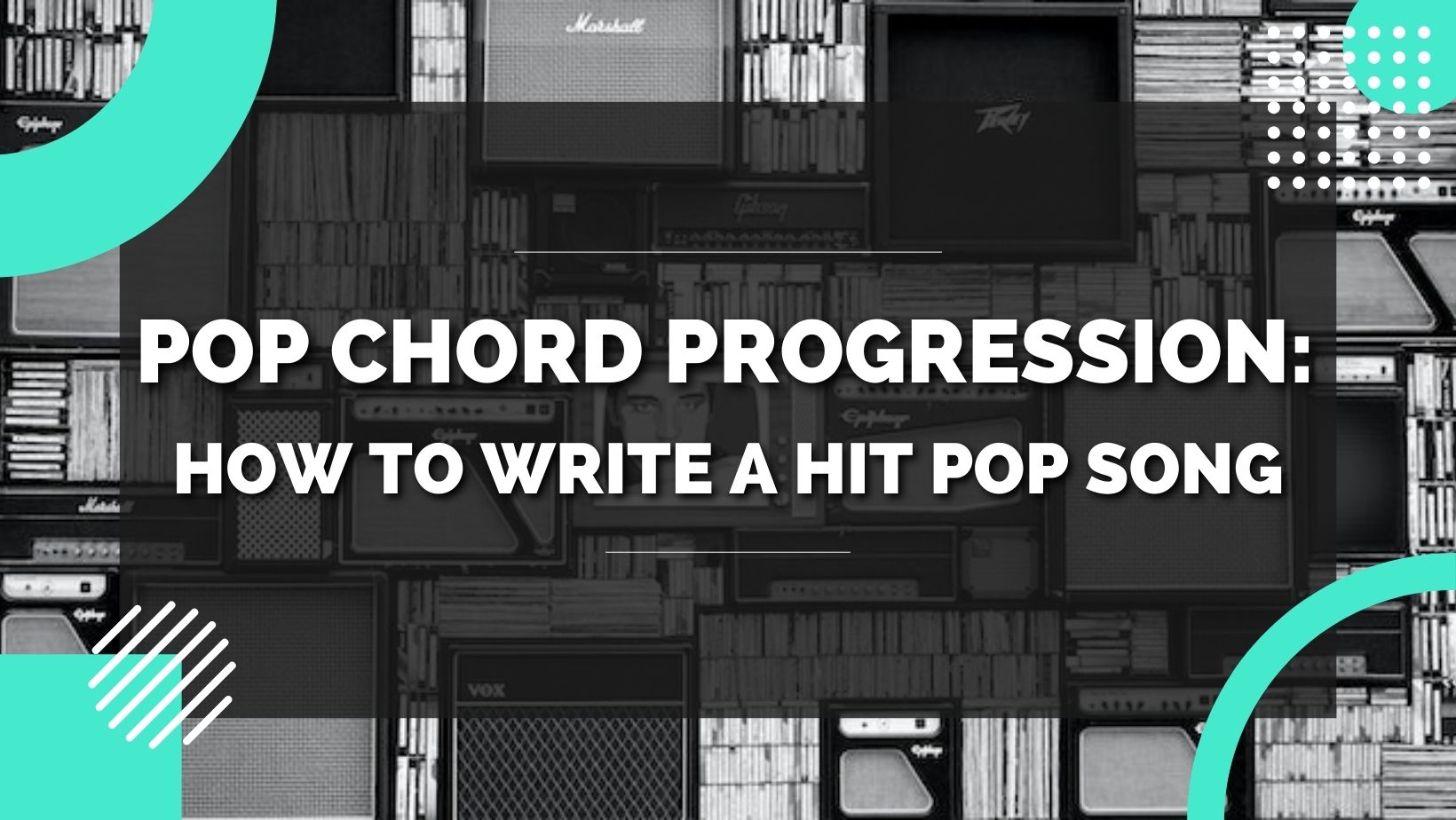- General
- 11 February 2023
- 0 h 32 min

Are you an aspiring musician looking for the perfect recipe to craft a chart-topping pop song? Maybe your creative juices haven’t been flowing as much lately and you’re in need of some inspiration to get those catchy hooks out of your head and onto paper. Well, one secret weapon that many successful musicians have in their toolkits when writing hit songs is the pop chord progression. By understanding this sequence of chords, you can craft unforgettable melodies that will undoubtedly turn heads!
In this blog post, we’ll explore exactly what a pop chord progression is, From understanding why chord progressions work together and creating exciting melodies with them to turning your ideas into hit songs, it’s all here! We’ll show you how easy and enjoyable it can be to assemble catchy chords – So let’s get going on our journey into the world of music composition by learning more about the beloved pop chord progression –– get those pen and paper ready!
Introduction to Chord Progression
At its most basic level, a chord progression is a series of chords played in succession. A chord is simply two or more notes that are played together at the same time. When these notes (or chords) are combined in specific orders and repeated throughout the song, they create melodic patterns called chord progressions. Understanding these patterns is essential to writing catchy hook melodies and unforgettable choruses.
While there are no hard and fast rules about which chords should be used in a particular progression, there are certain types of progressions that are commonly used in pop music. For example, many popular songs use the I-IV-V chord progression—the first, fourth, and fifth chords in a major key—as their foundation.
What is Pop Chord Progression
A pop chord progression is essential in understanding how a catchy pop song is made. It’s essentially a formulaic sequence of chords that work together to build an engaging series of hooks; this is what makes the song feel so memorable!
When listening to popular songs, you can clearly hear the chords spiral up and down around the tonal center, allowing the vocal melodies room to move around and keep things interesting. Pop chord progressions can provide a strong harmonic bed for both rhythmically complex and musically simple songs alike, ensuring listeners are kept captivated throughout.
For anyone looking to write their own pop hit, mastering its chord progression is a great place to start.
Common Chord Progressions in Pop Music
1.

2.

3.

Writing Your Own Pop Hit
Writing Your Melody
Start by playing around with different notes and chords until you find something that sounds good. You can also experiment with adding different instruments or effects to give your song some extra flavor. As you get more comfortable with this process, you’ll begin to develop your own personal style when it comes to writing melodies using common chord progressions.
Constructing Lyrics and Arrangement
Now that you have a melody written out, it’s time to add lyrics and structure your arrangement. Start by deciding on a topic for your song and then use that topic as inspiration for crafting lyrics that will fit with the melody you already created. Once you have settled on lyrics, arrange them into verses and choruses so they flow together nicely. Finally, decide on an order for all of these elements – verses, choruses, bridge – and make sure they fit together seamlessly into a complete song structure.
Conclusion
Whether you’re creating your own work of art or just singing in the shower, learning about pop chord progressions can be immensely helpful. Understanding which chords sound good together and which are often heard in the radio top 40 will help even the newest songwriter take their music to a professional level. Knowing how these ideas interact with rhythm and other musical concepts can be very powerful in unlocking the hidden potential of our imaginations. With practice and dedication, everyone can learn how to compose music they never thought they were able to achieve before. So don’t be intimidated, grab that guitar and start strumming those chords—because no one was born already knowing how to write a hit pop song!


